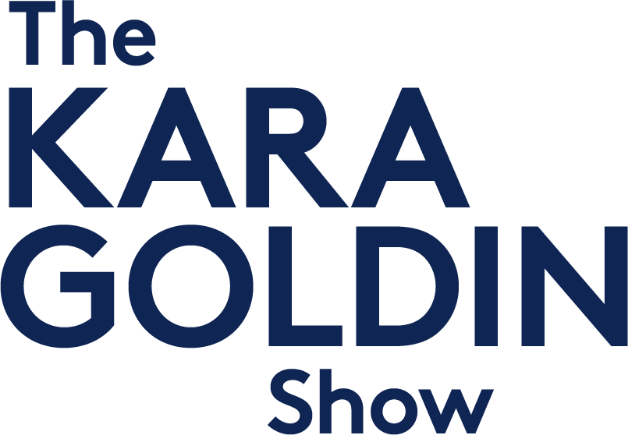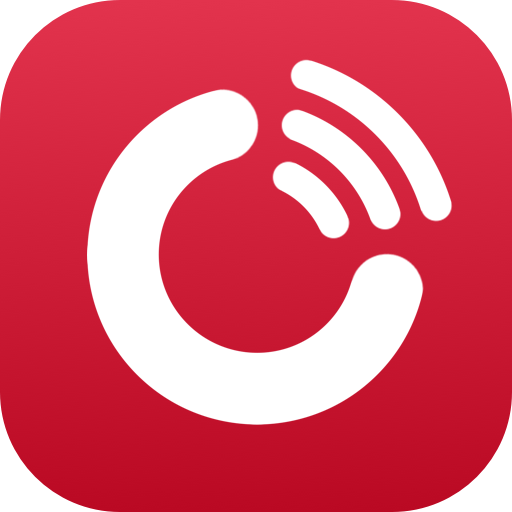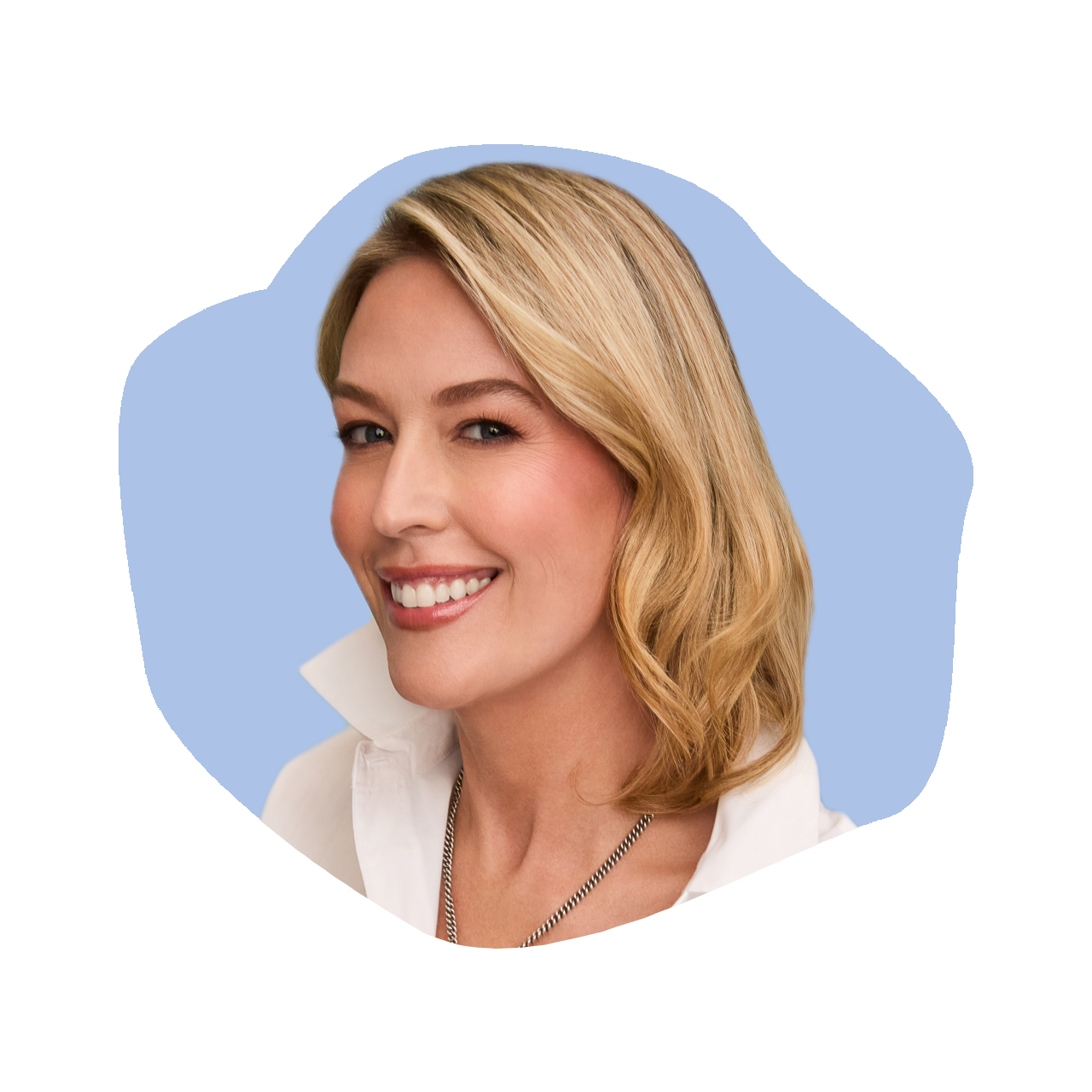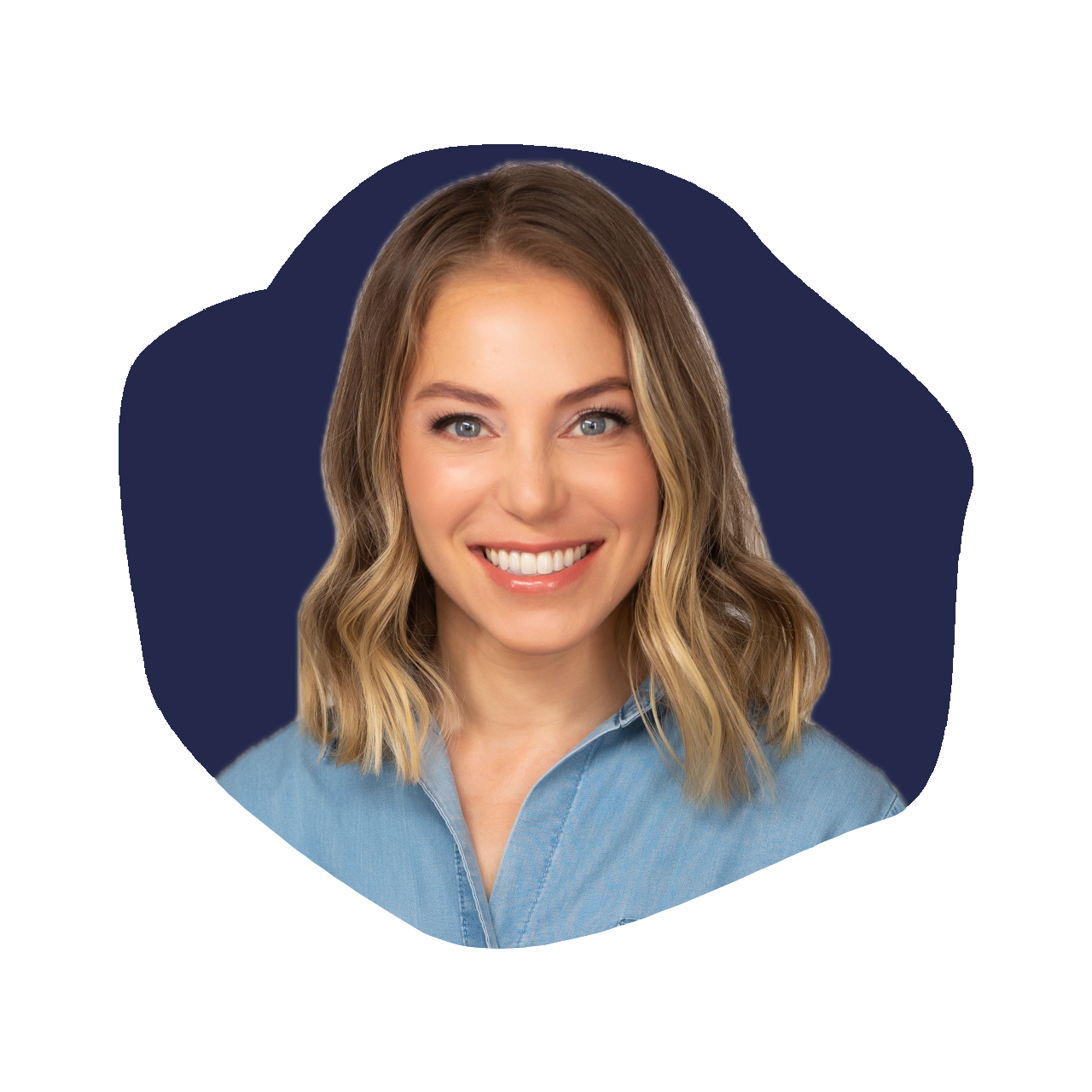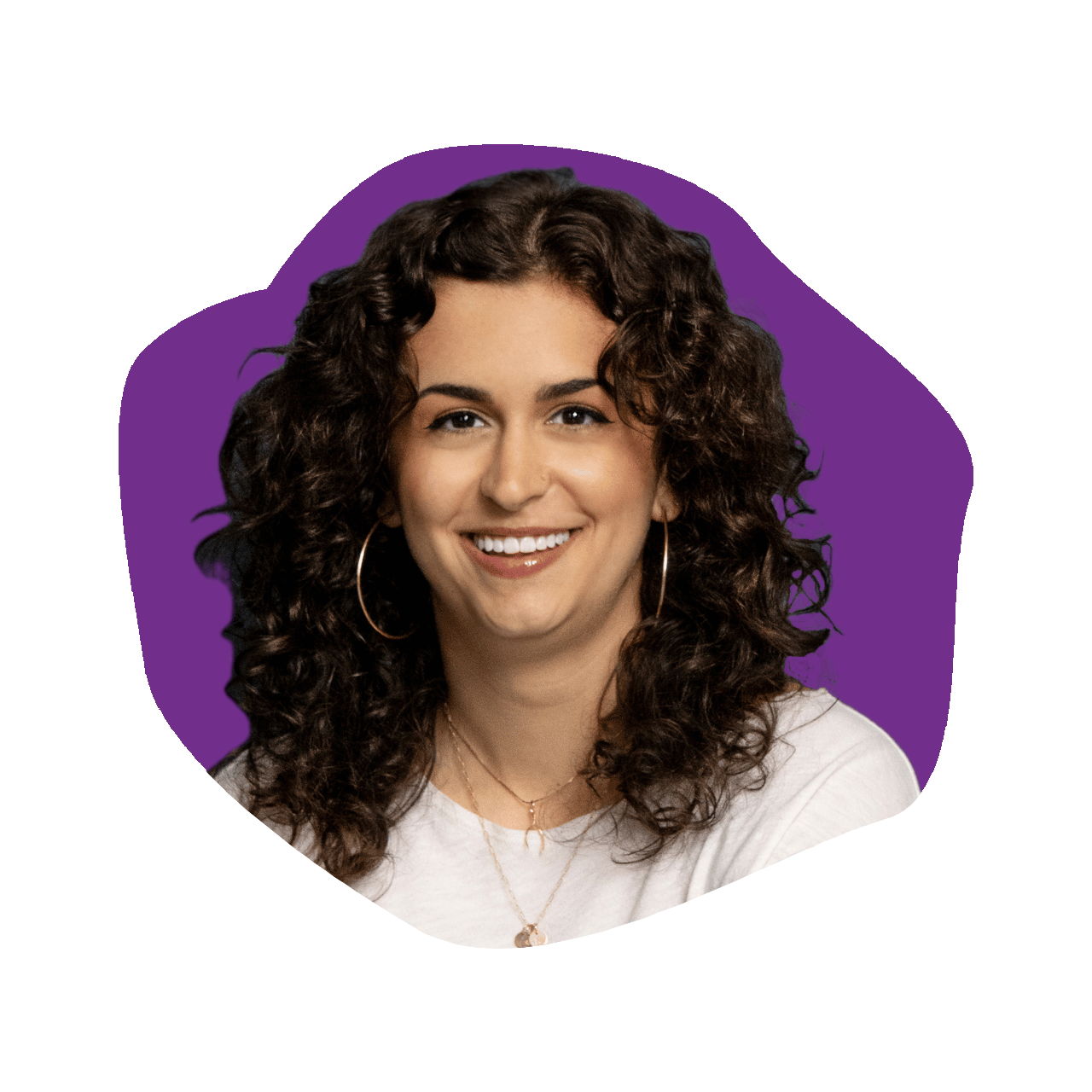Maddie Hamann: Co-Founder of PACHA Bread
Episode 697
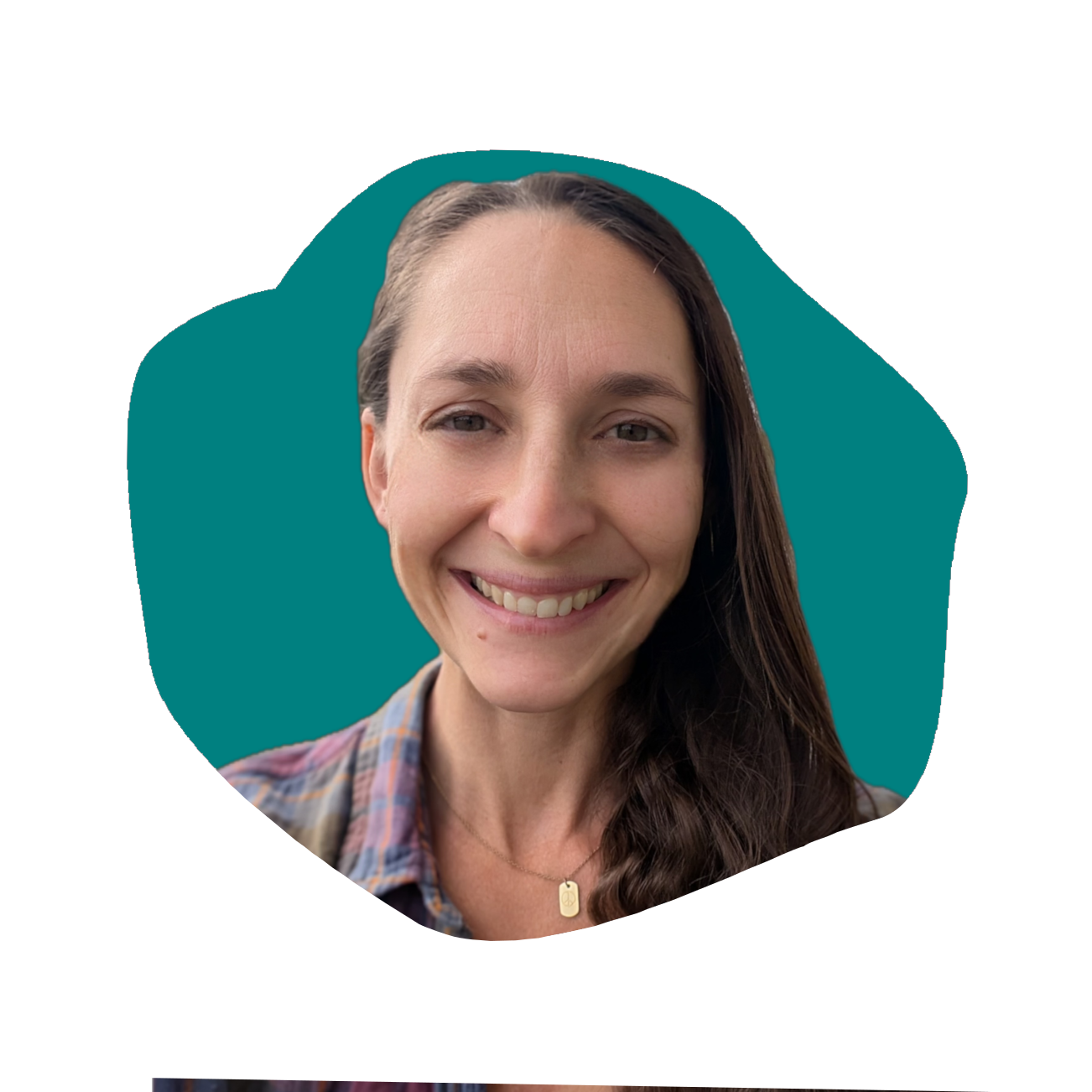
On this episode of The Kara Goldin Show, we’re joined by Maddie Hamann, Co-Founder and Director of Marketing at PACHA Bread—a clean-label food brand making radically simple, gluten-free sourdough with just two ingredients: sprouted buckwheat and sea salt.
After earning a PhD in Earth Science and spending years in oceanography, Maddie made a bold pivot—leaving research to build a brand rooted in sustainability and regenerative agriculture. At PACHA, she’s leading the charge in ingredient transparency, home-compostable packaging, and sourcing from Certified Regenerative farms. In our conversation, Maddie shares how she applied her science background to disrupt the food system, what it took to bring their unique fermentation-based products to market, and how the brand stays mission-first while scaling.
We also dive into why buckwheat is the unsung hero of gluten-free, how PACHA educates consumers through storytelling, and what founders need to know when building values-led brands in crowded categories.
If you're interested in clean food, climate action, or building bold businesses with integrity—you won’t want to miss this one. Now on The Kara Goldin Show.
Resources from
this episode:
Enjoying this episode of #TheKaraGoldinShow? Let Kara know by clicking on the links below and sending her a quick shout-out on social!
Follow Kara on LinkedIn – Instagram – X – Facebook – TikTok – YouTube – Threads
Have a question for Kara about one of our episodes? Reach out to Kara directly at [email protected]
To learn more about Maddie Hamann and PACHA Bread:
https://www.livepacha.com
https://www.instagram.com/livepacha
https://www.linkedin.com/in/madeleine-hamann-06b95347/
https://www.instagram.com/maddie.hamann/
https://www.linkedin.com/company/livepacha
Transcript
Kara Goldin 0:00
I am unwilling to give up that I will start over from scratch as many times as it takes to get where I want to be. I want to be you. Just want to make sure you will get knocked down. But just make sure you don’t get knocked out, knocked out. So your only choice should be go focus on what you can control. Control. Control. Hi everyone, and welcome to the Kara Goldin show. Join me each week for inspiring conversations with some of the world’s greatest leaders. We’ll talk with founders, entrepreneurs, CEOs and really, some of the most interesting people of our time. Can’t wait to get started. Let’s go. Let’s go. Hi everyone, and welcome back to the Kara Goldin show. Super excited for our next guest. She is turning a simple ancient grain into a revolution in clean food, and I can’t wait for you to hear her story. Maddie Heyman is the co founder of PACHA Bread and more, I should say, the brand that’s disrupting the gluten free space with just two powerful ingredients, sprouted buckwheat and sea salt. She comes from a background in earth science, PhD in earth science, and a background in oceanography. Incredible. She made a bold pivot from studying climate change to actively fighting it through food and PACHA, she and her co founder husband is building a brand rooted in sustainability, regenerative agriculture and radically clean ingredients so beautiful and so many aspects of it and interesting. And while the product is super delicious and wildly innovative, it’s the mission that really makes PACHA, I think, stand out. I can’t wait to hear more about how maddie’s background in her own personal journey shaped her entrepreneurial path. And I just love, love, love PACHA and what they’re doing. So welcome, Maddie, so nice to finally meet you. Yeah,
Maddie Hamann 2:08
thanks, Kara, beautiful introduction. Super,
Kara Goldin 2:10
super excited. So let’s start with the basics. So what is PACHA? When people are asking you, what is PACHA, and what makes it so different from other gluten free options in the market?
Maddie Hamann 2:24
Yeah, totally. I mean, you kind of said it, it’s PACHA. Is two ingredient sprouted buckwheat bread, essentially, and and products. So we make, we’re making tortillas now. We’ll probably make crackers in the future. But, yeah, we are. We are making bread that doesn’t require any type of binder. It’s doesn’t have any type of flour because we use the whole buckwheat groat, and it’s completely gluten free, made in a dedicated facility, allergen free. It’s bread that everyone can eat, and it doesn’t have any weird stuff in it. So it’s really easy on the gut. It feels really good in people’s bodies, and it’s delicious.
Kara Goldin 3:02
I love it. So you went huge leap in your journey from oceanography and climate science to food entrepreneurship. How big of a shift was it for you to make this jump?
Maddie Hamann 3:19
Yeah, I mean, so it was definitely, definitely a shift, but I would say that. So I studied observational oceanography, and as part of my PhD, I actually wrote a grant, got funding, went out to sea with a team and directed them to gather my data and then I analyzed it for my thesis. So like a lot of years of my PhD were actually spent in administration and moving people’s energy in the direction that I needed it to go. So in some ways I was like, feel totally prepared, and in other ways I’m like, sorry, what’s it? What’s a CAC? Like,
Kara Goldin 4:12
exactly, and the physical product and dealing with shipping and trucking, I can only imagine how different I actually grew up in the tech industry, and so for me, when we launched hint, I had no experience other than maybe seeing trucks go down the street with large brands that you would recognize, like Coke and Pepsi. I had no idea what the go to market was at all. How did you come up with this idea to really focus on Buck weed, I would imagine this was part of your own everyday life.
Maddie Hamann 4:49
Yeah, so the I have to give a lot of credit to my my co founder, my husband, my partner, Adam. You know when we. Met, he that like, the weekend that we met, actually, he had this bread and I hadn’t been eating. I hadn’t been eating bread at all. It just multiple reasons. It didn’t gluten doesn’t agree with me. It didn’t feel good. I just was like, none of the options were good, so I just gave up on it. And he had this bread, and he, he at the time, it was being made by a like a mom and pop, a couple, and one of them is actually on our CO founding team as well. But it was like more. It had sunflower and flax and buckwheat, and it was a bit a bit more grainy than the bread that we have now, but it was delicious. And I just, I kind of couldn’t believe that it was checked all the boxes like. I was like, Wait, so it’s organic, wait, so it’s gluten free, and it doesn’t have any kind of those weird binders or anything in it. And it was, yeah, and so from from that time is what ended up happening was that that weekend was one of the last weekends that that couple made the product, because they broke up. One of them moved back to South America, it just they stopped making it. And Adam pursued the the recipe. He was like, hey, like, I can’t live without this bread. So could you, could you tell me how to make it if you’re not going to keep making it? And he got, he got a list of ingredients on an on a cocktail napkin, and they were like, Yeah, you just kind of like, just, just soak them and then blend them together, and then let it sit for a while and then bake it, and it’ll be great. And so from there, we started iterating and figuring out, okay, well, like, what is the, what is the right way to ferment this, and do we need to add a starter, and can we do it without some of these other ingredients? Yeah, it was, and it was like me and Adam, and we lived in a community house with a few other people, and we would just all make the bread and try different flavors and different iterations and different techniques. And it came to a point when Adam has also founded several other companies, one of which is Bucha craft, which is a hard kombucha, the first hard kombucha that was on the market. And he had kind of hired himself out of all of the positions that he was holding at that company. And he was like, ready for something new. I had just finished my PhD, and he started thinking, hey, you know, people are asking us to make this bread for them. It’s changed our lives, and it has the possibility to really revolutionize the farming system because of the fact that it’s, it’s made with buckwheat, and we figured out how we could make the product with only buckwheat and kind of it was like that, that special cocktail of like this product, it’s it’s everything that we stand for. It’s a product that is nourishing for people’s bodies. It It revolutionized my like, my diet, and the way that I like the way that I feel about nourishing myself. I have a history with an eating disorder, like I was pretty severely bulimic in college, and there was a dissonance when I would eat things like white bread or pasta or just things that don’t have a lot of nutritional value. They felt like they felt empty and like I didn’t want them in my body. And even after I began the journey of recovering, they would trigger certain feelings in my body, and this was something that felt completely different. And yeah, it was just nourishing. Yeah, nourishing. Just like you eat it and you’re like, cool. My body wants to take this and turn it into healthy, vibrant human.
Kara Goldin 9:15
That’s, that’s awesome. So buckwheat is kind it’s obviously an old grain. I think I feel like it sort of fell out of favor for many, many years, and it’s become something that more and more people are interested in, for the fiber, all of you know, the nutrients overall. I mentioned, my daughter just went gluten free, and she lives in New York now, and she came home and she and she was talking to me about about it, as we were talking about PACHA, and did not know that that buckwheat was gluten free. And so she was really, really, she was super excited about it, because you’re always excited to be able to find. Something else that you can eat. But why is it that more people don’t know about it as gluten free? Are there some buckwheat products, I guess, if they add other things to it. But why do you think that is and you know, do you see the same effect where more and more people are talking about it,
Maddie Hamann 10:20
yeah, definitely, more people are talking about it. And I my sense about buckwheat, really, is that it’s never had a strong foothold here in the States. It is a very popular ingredient in Russia and Asia. So Russians will just boil it and eat it like, like oatmeal, essentially, yeah, they just it’s a grain that they eat like a mush. And then a lot of people may be familiar with the term kasha, which is essentially toasted buckwheat. And then the other format that people don’t always know is buckwheat is soba noodles. So in Asian cultures, buckwheat is yeah noodles. And so there’s a lot of Bucha. There’s actually a lot of buckwheat being consumed in the world. It’s just that it now, it hasn’t crossed over into the United States until it feels like now, within the last few years, people are starting to understand, like one, that buckwheat is delicious and also kind of the misnomer it’s that that is definitely an uphill battle in the marketing is Just like, it’s buckwheat, it’s not wheat, it’s buckwheat.
Kara Goldin 11:42
And and I think more and more people are finally getting used to that. So what are the nutrients that people can expect from buckwheat?
Maddie Hamann 11:53
Yeah, so buckwheat is one of the only it’s like quinoa. There are just a handful of plants that actually have all nine essential amino acids that can’t be made by your body. So it’s a complete protein. And it has, you know, like in a slice of PACHA Bread, which is not huge, it has, like three, three grams. It’s a good source of protein. It’s not like hemp, you know, it’s not like protein, but it’s a good source of protein. Has good fiber. It’s high in magnesium, which is something that most people are deficient in. And there aren’t too many foods that you can eat a whole lot of and get magnesium from, yeah, so, and it has high lysine. That’s one of the that’s one of the kind of interesting aspects. Most grains don’t have much lysine content, and that’s why they’re not complete proteins.
Kara Goldin 12:50
Yeah, so interesting. Yeah. Super, super interesting. So sourcing buckwheat, you and I were chatting. You’re in Southern California, and you’re sourcing it in the US, but in a different part of the US. How difficult was that for you to source buckwheat and and then we’ll talk about the fermentation part of it as well.
Maddie Hamann 13:15
Sure, yeah, the so we scored at first, we were just sourcing our buckwheat from one of there are two mills in the United States that actually process organic buckwheat, any buckwheat. So we were just getting organic buckwheat from one of those mills to begin when we were at a smaller scale, and early in our journey, we met our farmer when our I’m just gonna call him our main farmer. We have several, but his name’s John stropus, and he he does the work for us. That’s great. We we buy all of our all of our buckwheat is certified regenerative through the soil Climate Initiative. And essentially how it works is John work talks to his network of farmers and says, Hey, I’ve got a company that wants to buy organic, regenerative buckwheat, and if you get the certification, I can show you all the steps. Here’s the reasons why it’s better for you, why it’s better for not just your health, but also for your balance sheet. What do you think? Do you want to grow buckwheat for this company this year? And so we have, we have, yeah, he’s made it incredibly, much, much, much easier, because it approaching a farmer as a non farmer, as a brand, and saying, Hey, we think you should do this. It’s good for the planet. It’s going to be good for your health. Yada yada. They’re like, cool, but I’ve been farming the way my dad taught me to farm for my entire life, and it’s working just fine. Thank you. But they’re really. Having somebody who’s in that industry to help move the needle for us is a huge bonus. So we have not actually had too many issues with sourcing, aside from in the early days the COVID days. That was then it was,
Kara Goldin 15:15
it was a little more challenging,
Maddie Hamann 15:16
for sure.
Kara Goldin 15:19
So for our listeners who are not familiar about regenerative farming, can you talk a little bit about that? Yeah, yeah.
Maddie Hamann 15:27
So at the root of it, regenerative farming is it’s farming in a way that truly cares for the ecosystem and for the soil. Essentially, the focus of regenerative agriculture is to is to build a super healthy soil ecosystem for your crops to grow in. And there are, by doing that, there are a bunch of side benefits. So one soil is made of carbon. It’s actually like draws carbon down into the soil. So it has like it can have an enormous impact on climate change by drawing carbon down, but the benefits that people really care about, the soil becomes more nutritious. The crops become more nutritious. The food you put in your body is more nutritious from regenerative fields. The Healthy topsoil is able to absorb water. It’s like, you know, the comparison between like, like, a cup full of black gardening potting soil that she just opened and you pour some water into and it just like, soaks up like a sponge, versus, you know, the dirt and the kids playground that you pour the water on it just like be just like, spreads around and beads and goes off it healthy topsoil absorbs water, so any water that comes into the system actually feeds the plants, and it prevents all kinds of like mudslides and natural disasters that we’re experiencing. Here in California, there’s certain regenerative farms that have been in those areas, and you see the comparison of like, what’s happening, all of this red water gushing off of the fields, and then the regenerative farm with its healthy topsoil is just, there’s no flooding, yeah. And and the the big one is that regenerative farming ultimately aims to remove any kind of synthetic inputs, so any kind of pesticides, herbicides, fertilizers, the goal is to transition those to to things that are in the ecosystem. You know, rather than having, rather than using a pesticide to kill all your snails, you have ducks come onto your orchard and eat them and fertilize their trees with their manure and just building like a really resilient, diverse ecosystem that if there are issues, they can be handled by the system and there’s enough diversity that, you know, a one, if something does some kind of illness comes into the into the field, it’ll kill, just like one little area instead of the entire field and the next farmer’s field. And, you know, as it would with monoculture, conventional farming, which is what 99% of our agriculture is doing right now. Yeah,
Kara Goldin 18:26
it’s very cool. What PACHA is is doing. So you kept it incredibly simple, just two ingredients, buckwheat and salt. And was that more of a production necessity? You’re also fermenting the product. And can you talk just about how that all comes together? Yeah.
Maddie Hamann 18:47
So I think I mentioned we founded the company in 2020, in April, so just at the very beginning of COVID. So, yeah, part of the transition to using just buckwheat and salt was a supply chain necessity. It wasn’t strictly necessary, but we just realized that it that the sourcing was going to be so challenging at that time that we wanted, we wanted to simplify as much as we could from a supply chain side of things, and at the same time, we were just just looking at the way that buckwheat is farmed. Buckwheat is really cool because it’s almost inherently regenerative, even if you don’t grow it like on a certified regenerative farm. It’s a cover crop like and a lot of farmers actually grow it, just for the cover crop aspect, like they don’t even harvest it. They just, like plant buckwheat, and then they till it back into the field as like, nitrogen for their the next round of crops. And yeah, and we just, we realized that sort of we could sell the idea of growing buckwheat. Eat to farmers a lot more easily, easily than Hey, you should grow more sunflower, or you should grow flax. Like the buckwheat itself was just, it can be grown between two crop rotations as an additional revenue stream for the farmers. So it was like, okay, cool. We can make the spread simpler. It’s this this ingredient is just incredible. It’s so cool. And we can really forward regenerative agriculture by making this product that uses buckwheat, you know. And I’ll say like, it is definitely a really cool hook for the marketing. Is like two ingredients, like two people, no, yeah,
Kara Goldin 20:43
yeah, no. It’s, it’s pretty amazing. And when you think about those early product development days, so you guys were living in your community, and you obviously had this incredible recipe that you wanted to develop. So what was the point when you said, Okay, I think it’s good enough that people want this. Because I think so often people think, do I launch it because there’s still things that I need to do. Maybe they don’t have the right packaging, maybe they have no idea what they’re doing, and they feel like they need to hire people. I always tell people that if your product is good enough to get on the shelf, obviously you don’t want anyone to get sick or die from your product, but you’re always going to see changes in the future, it can always be better, right? You just have to just keep going on the process. But can you talk to me about those early days, and also, how many products, how many SKUs did you actually launch with? And how did you launch? Yeah,
Maddie Hamann 21:56
well, to answer the question about like, when did we know that it was good enough to launch like the second I tasted it, but we we knew that this product would be used like successful and wanted by the market because we had never experienced anything like it like this was something totally new that was addressing a need that I had and that other people around me had. So it was clear that it would, that it would be a good, a good product for the market, long before we felt that we had the capacity to to bring it to market our very first launched. So, like we launched during COVID and our we had, like, a 300 square foot commercial kitchen space that we were baking the bread and selling at farmers markets. And we were baking four SKUs at first, and we added a fifth. We were packaging it in like cellophane bags with a sticker, you know, super homemade, very artisan. But the we had always planned to to scale things, to scale things up. But those early days of selling at the farmers markets, and, like, literally, I was going to the farmers market, you know, and getting feedback, taking it to taking it to Adam, taking it to my our first employee was my brother Thomas, who was baking her bread for us and just giving people like, getting the real feedback directly from the customers, helped us to refine the recipe and and then we and then We launched into a few grocery store chains here in Southern California, we had our new packaging, which was like a cardboard box with a vacuum seal pack and probably like the main one of the main road, there’s two, the two main roadblocks to scaling It was one. It was COVID times, and the buyers were just like, not reviewing the categories like they were on just batting down the hatches. Sell what we sell like we’re not making changes. Let’s just like, keep the try and keep everything you know, between the rails here and and then the other roadblock was that we weren’t slicing the bread in the beginning. Interesting, that was just that was purely a production, like we weren’t. We didn’t have enough scale and enough capital to be able to afford a bread slicer, and so we would send samples out to grocery stores. And like, this is great, but it’s a frozen bread I can’t sell, like, this brick of like, it’s like, what am I going to do? What are people going to do with this? And yeah, everything kind of like, started taking off when we were just, like, all right, we just need to slice the samples that. Send to the buyers, and if they like it, and if they buy it, then we’ll buy a slicer, and we’ll make it happen.
Kara Goldin 25:06
I love that. And at what point did you actually what was your first store that you went into?
Maddie Hamann 25:12
Well, so our very first store was our local Co Op here in San Diego. Is called OB Ocean Beach people’s Co Op. There’s like one of the most amazing accounts that we have. We love them, but our our first chain was gelsons. So 4040, stores, 40 doors, and they took three skews. And you know, the galsons clientele is not like the ideal customer fit for us, but they it was a good account. And we saw good we saw good velocity there. And one of the, one of the reasons we saw good velocity there was because it was the only place
Kara Goldin 25:53
you could get it. I love that. So what has surprised you the most since launching PACHA, either about the food space or just about yourself as a founder overall. Well,
Maddie Hamann 26:11
this shouldn’t be surprising, but it was surprising to me, coming from a background of oceanography and climate science, but yeah, people don’t care about the sustainability aspect of food. Primarily, it’s like a nice for most people. It’s like a nice added bonus. But most people buy products based on the taste and the benefits, and so that was something that I had to learn that, like my focus as a marketer was going to need to be on, how is this product good for you? Oh, and by the way, it’s good for the planet.
Kara Goldin 26:53
Well, how do you get that message out to people too? I mean, what has been it’s tough, right? Because, on the one hand, you want consumers to know every aspect of the product, and I think you guys have nailed it on the taste. I mean, it’s, it’s great tasting, which is not always the case in the gluten free world. But what has been, I guess, the most challenging of getting that message out there well,
Maddie Hamann 27:23
so I mean, the at the scale we’re at, like we’re not in the position to be pushing out a lot of educational marketing as like a acquisition tactic. So most of our most of the education for the sustainability piece is it’s a retention tactic, tactic. So for our email marketing, you know, people get, the first couple emails they get is like, hey, you know, like, here’s a discount. Did you know that the buckwheat has these benefits? And then they get one that’s like, did you know our Bucha is regenerative? This is what regenerative means. And just talking on that, on that channel, we have an engaged audience already, and a free, basically free, mouthpiece to talk to them. And then the other piece is, I mean, there’s these conversations like this, where, you know, I’m out, I’m talking on podcasts, and we are looking for specifically for podcasts that are focused on sustainability, so we spread the word on those channels where the consumer is already primed to care, right? So rather than going out and trying to change people’s mind about whether or not they should care about climate, it’s more, we’re focusing more on, okay, work like we’re going to grab the people who care about this and maybe don’t know what regenerative agriculture is, and will educate them. First,
Kara Goldin 29:02
I love that. Well, you guys are doing an amazing job of building this company. I love the fact that you at least were not in the industry, because I think that the best ideas are really coming from outside of the industry. Often, although your co founder, husband, definitely was in it, but wasn’t doing the same type of product. New launches coming up. You said that you’re doing the tortillas. You’re looking to do more and obviously more partnerships, more distribution overall. But it’s definitely a product that everyone needs to try, whether you’re gluten free or not, it’s you feel good about the product, and, like I said, a million times, it tastes terrific. So thank you so much for coming on and sharing your journey with us, your credible story about. The company, and what you’ve built with PACHA, it’s really, really the blueprint, I think, for where people need to be going, and the food and beverage space around integrity and science and sustainability. And to everyone listening, check out PACHA in your stores online as well. And if you enjoyed this episode, don’t forget to subscribe. Leave a review, share it with someone definitely really, really worth listening to. So thanks again for coming on, Maddie, and thank you everyone for listening. Goodbye for now. Thanks Kara. Thanks again for listening to the Kara Goldin show. If you would please give us a review and feel free to share this podcast with others who would benefit. And of course, feel free to subscribe so you don’t miss a single episode of our podcast. Just a reminder that I can be found on all platforms at Kara Goldin, I would love to hear from you too, so feel free to DM me, and if you want to hear more about my journey, I hope you will have a listen or pick up a copy of my Wall Street Journal, best selling book, undaunted, where I share more about my journey, including founding and building. Hint we are here every Monday, Wednesday and Friday. Thanks for listening, and goodbye for now you.
